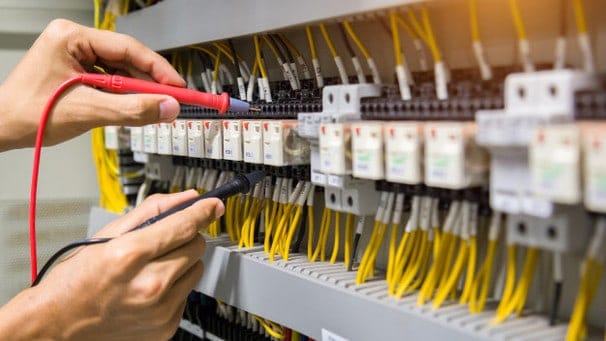In today’s society, technology plays a crucial role in the organization of any field of endeavor. It is vital to play by the rules in the market to avoid risks and, as a result, boost earnings and the scale of plan implementation. These regulations are developed on a global scale to control the interactions of diverse businesses. Because international standards change often, a solid regulatory framework is required for a corporation to remain competitive. Today, we’ll go through the international standards for electrical equipment.
Table of Contents
What is an electrical standard?
The International Electrotechnical Commission publishes and maintains international standards.
Standards are not required in and of themselves; the nation’s rules in question determine the scope of a standard’s applicability. As a result, a standard’s required character may be confined to a particular domain (for example, public buildings) or specific sections of the standard (e.g., protecting workers and other persons).
Electrical Installation Standards:
“The collection of components between a power supply and the consumers” is how an electrical installation is defined.
The primary goals of the installation standards are:
- Ensure that property is protected and safe from hazards (overloads, short circuits, voltage drops).
- Persons’ protection and safety are ensured (risk of electric shocks).
- To extend the life of the installation and make it easier to operate.
- Depending on usage conditions, several installation requirements may exist within the same nation (marine standard, voltage, etc.).
What are the benefits of International Standards for Electrical Equipment?
International standards define the technical norms that assure product safety and performance while also lowering trade obstacles. They serve as the foundation for conformity testing and enable electrical and electronic equipment to be sold globally.
What Standards Must Electronic or Electrical Equipment Meet?
Knowing what markets you’ll sell is a necessity for choosing what requirements to satisfy. Product safety standards are typically established by each country’s national testing or standards drafting body. CENELEC standards are now official in Europe for a wide range of equipment, and they apply across the European Union and numerous adjacent nations.
However, individual nations seeking to engage in global trade must bring their standards as similar to the IEC standards as practicable. As a result, the distinctiveness of local norms is fading. This is the situation with CENELEC standards, which are pretty comparable to IEC standards. For example, IEC 60950 – Information Technology Equipment is now an essential international standard for the electronics sector. This standard covers computers, business, and office equipment, and it serves as the foundation for other papers accepted by various organizations and governments.
Standards developed by worldwide standards writing bodies are the ones that will provide your product the best chance of approval. Unfortunately, many countries are finding it challenging to accept international norms and leap straight in fully. This is frequently owing to the presence of a solid national electric code at the local level. As a result, several standards that claim to be IEC emulating aren’t fully compatible. The more variances there are, the less likely it is that worldwide conformity with that standard will be accepted.


